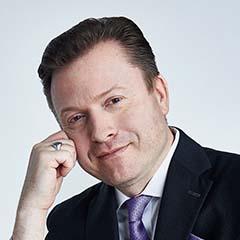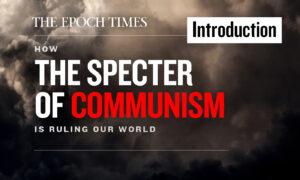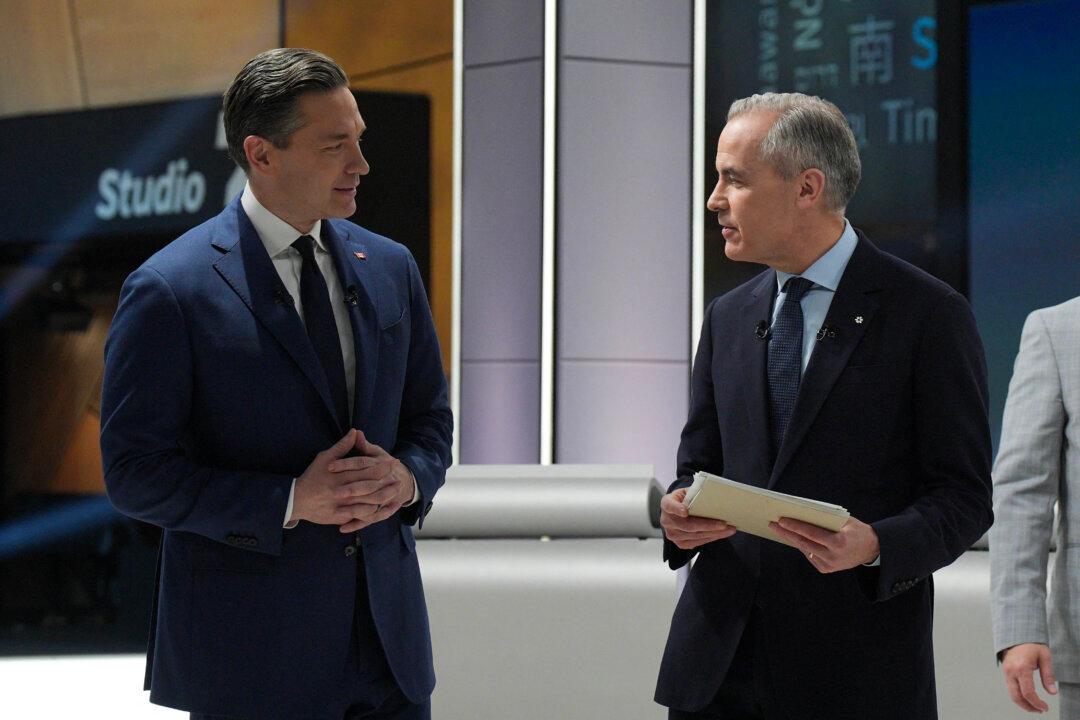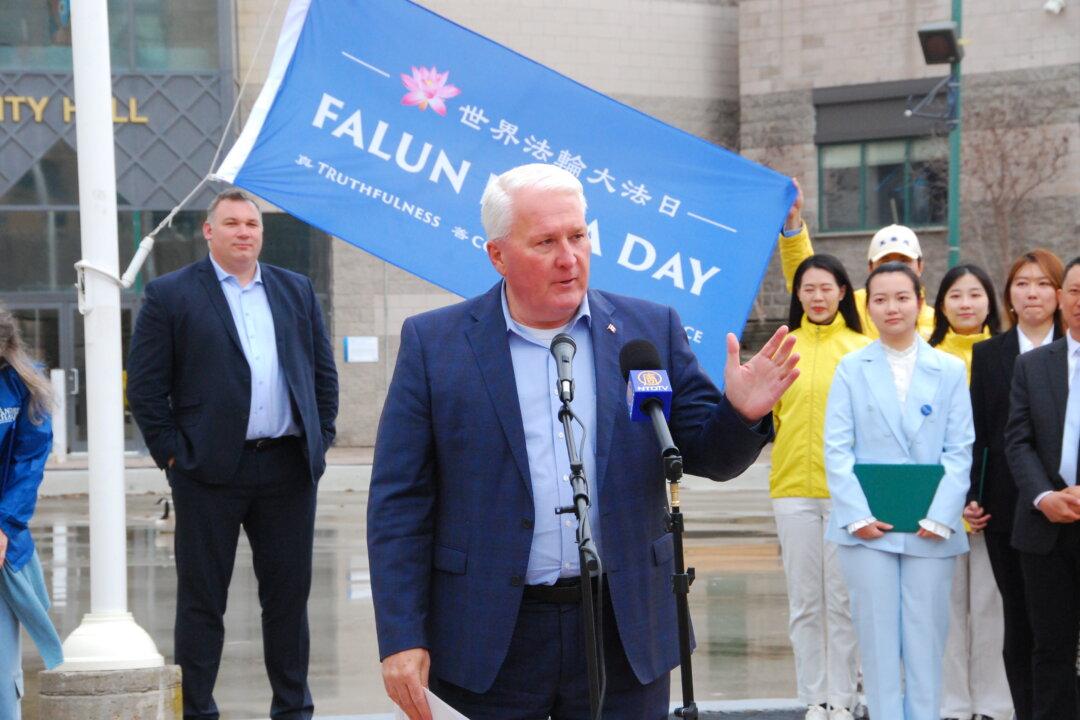The destructive legacy of communism deserves more public awareness in Canada, not only for its historical impact but also for the harm it continues to inflict today, says the chair of the Memorial to the Victims of Communism, which was unveiled in Ottawa last December.

Klimkowski, who was born in communist-era Poland, said one of the main purposes of the memorial is to educate people on the destructive legacy of communism and to inform viewers that its various forms, such as Chinese communism or Soviet communism “is not only as bad” as Nazism, but that “it exists and continues to exist, and it continues to imprison and to kill.”
He says one reason communism is not well understood is that many who suffered under those regimes try to leave their past traumas behind when they settle in other countries.
Hurdles to Completion
Creating the monument was not an easy task, partly because the harms of communism are not widely known, Klimkowski said, noting that the project took 17 years to complete. He argued that some individuals in positions of power in Canada are “closely inclined” toward Marxist or Leninist ideology, making the monument’s symbolism a sensitive issue.The project went through changes in both location and design. The original concept was much more vivid and explicit than the final version, Klimkowski said, noting that some Canadian officials expressed concerns about the impression it might convey as a national memorial.
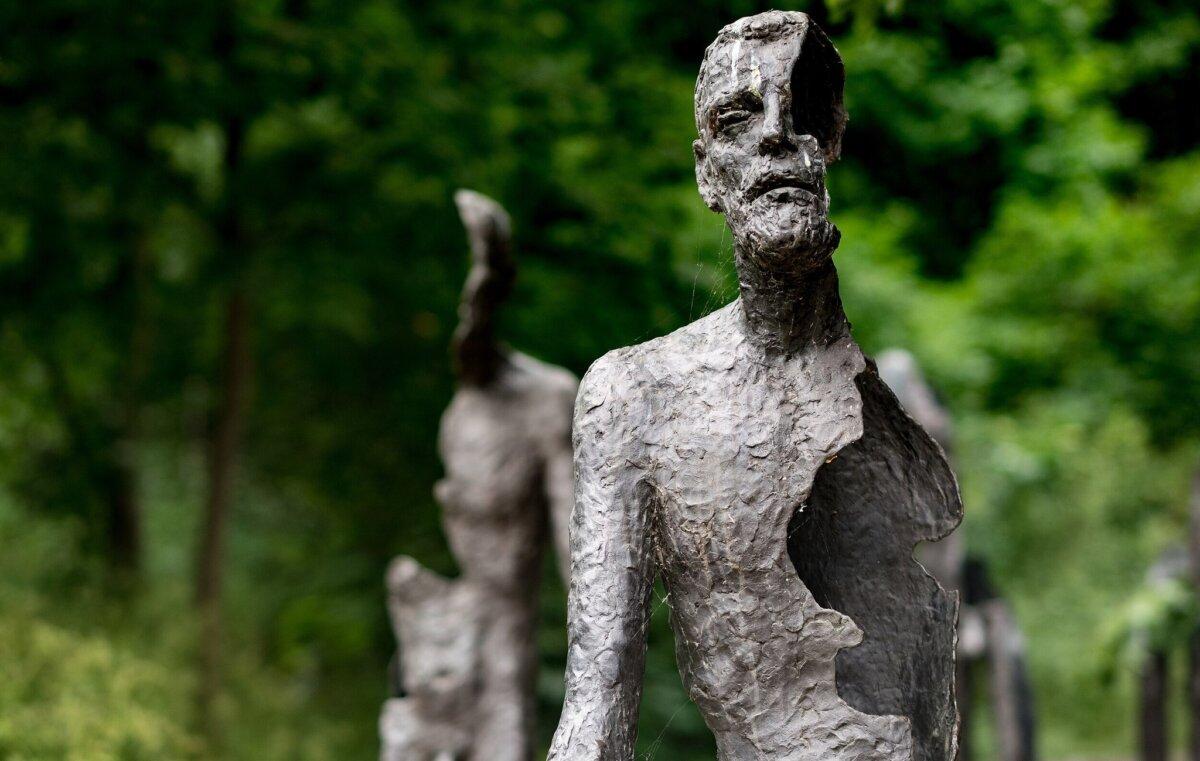
Klimkowski says his team, which included people from Korea, Vietnam, and central and eastern Europe–many of whom lived under communist regimes–wanted to create a place where people from different cultures that had similar stories could come together.
A ‘Living Calendar’
The monument’s design, known as the “Arch of Memory,” functions as a living calendar, Klimkowski says. Along its base are all 365 days of the year, allowing communities to mark dates they believe should be remembered.For instance, he says, the Vietnamese community might highlight April 30 for the Fall of Saigon, which marked the beginning of communist rule in Vietnam in 1975. Latvians could commemorate the dates of Soviet mass deportations to remote regions of the Soviet Union, while the Chinese community might mark June 4 to honour the victims of the Tiananmen Square Massacre in 1989.
“This is a memorial to those who still struggle; this is the memorial given to those who still want to escape,” Klimkowski said. “This is the memorial to those who are still sitting in prison.”

The initial location of the memorial was “beyond symbolic,” he said, noting the monument was slated to stand near the Justice Building, in front of the Supreme Court of Canada, and beside the Public Archives and National Library Building—sites he described as embodying justice, the rule of law, and collective memory.
Had the monument been placed there, it would have given those who fled communism “a sense of closure,” he said, “because you know that you are protected by these three individual segments.”
But today’s location, west of the Garden of the Provinces and Territories in downtown Ottawa, still harbours significance, Klimkowski says, because it is “right next to the park that is devoted to all of us.” The current location may also increase its visibility, potentially exposing more visitors to its message.
Communism and the Human Spirit
Klimkowski highlighted what he described as the effects of communism on the human spirit.He contrasted the mindset of those living in free societies with that of people under authoritarian regimes, noting that North Americans, shaped by a Western liberal tradition, often do not expect communist regimes to carry out actions that are considered immoral or contrary to the rule of law.
“And yet, if you live under that regime for 60 or 70 years or sometimes longer, the idea of moral cleanliness of your soul is getting more clouded every year.”


